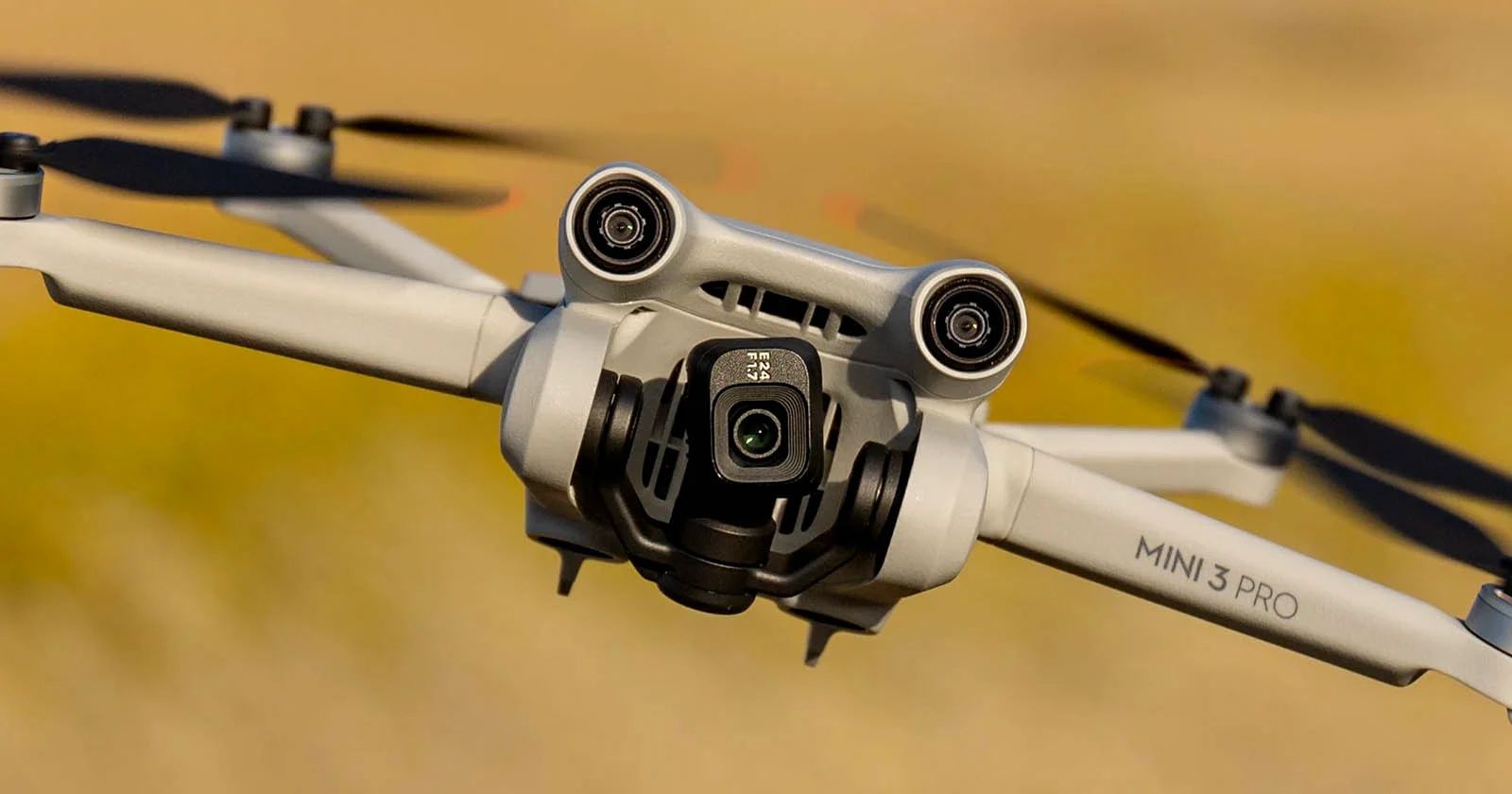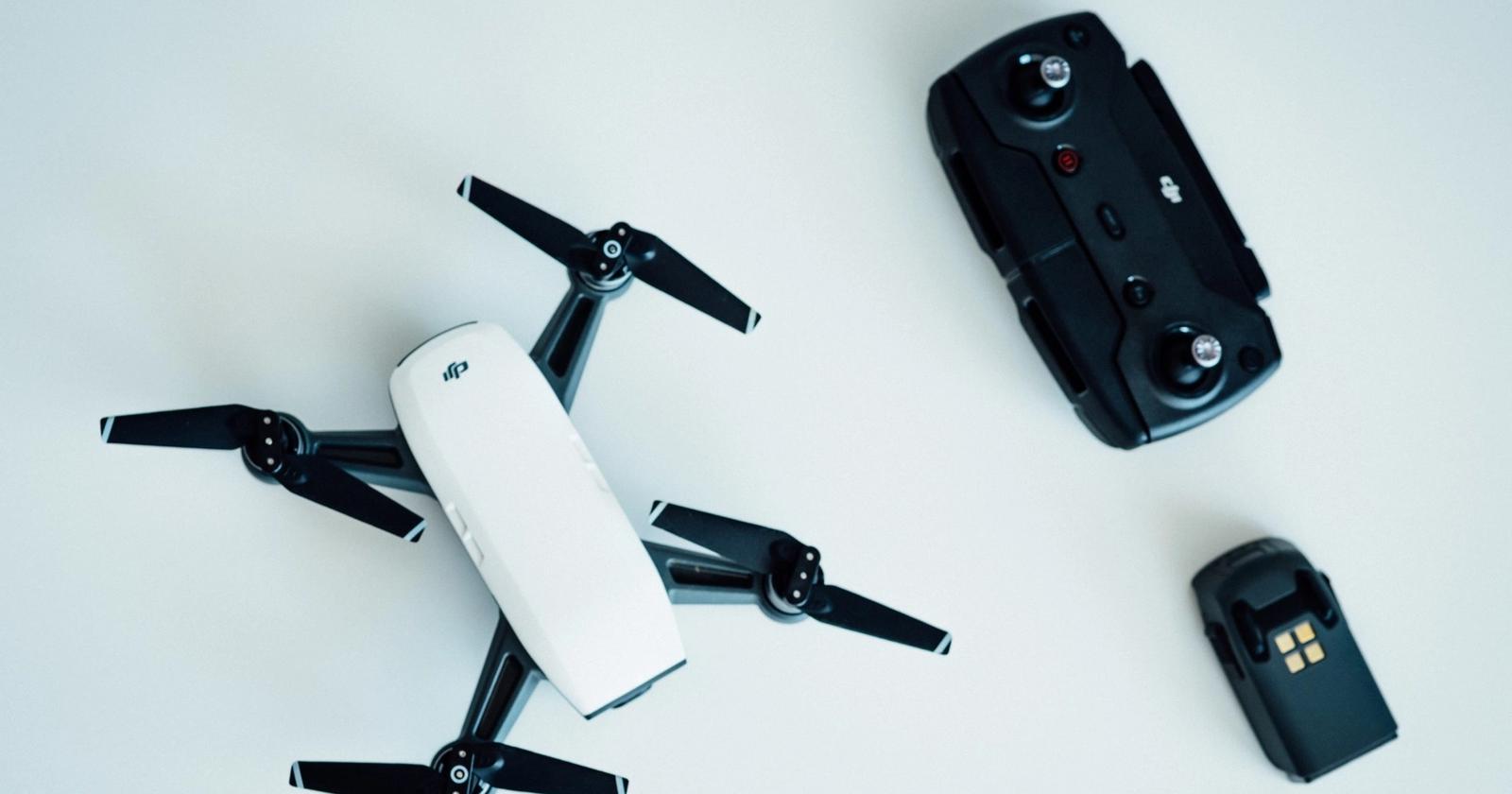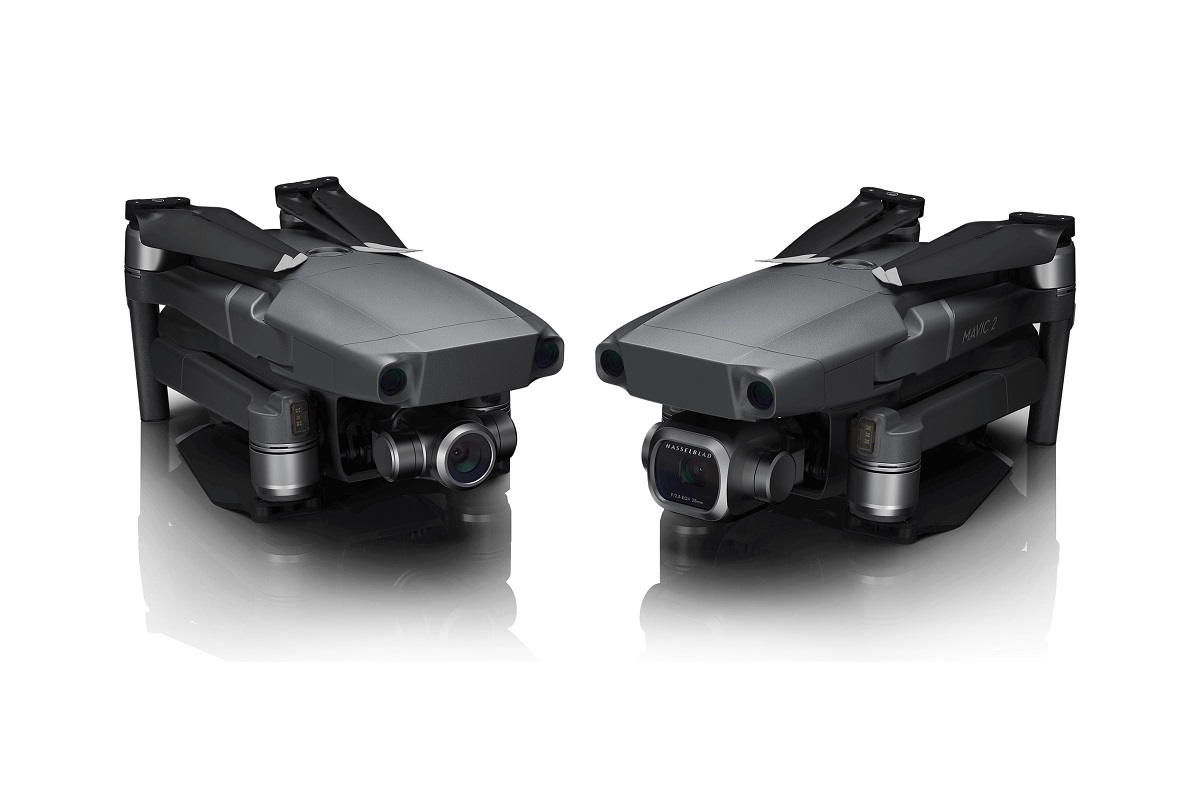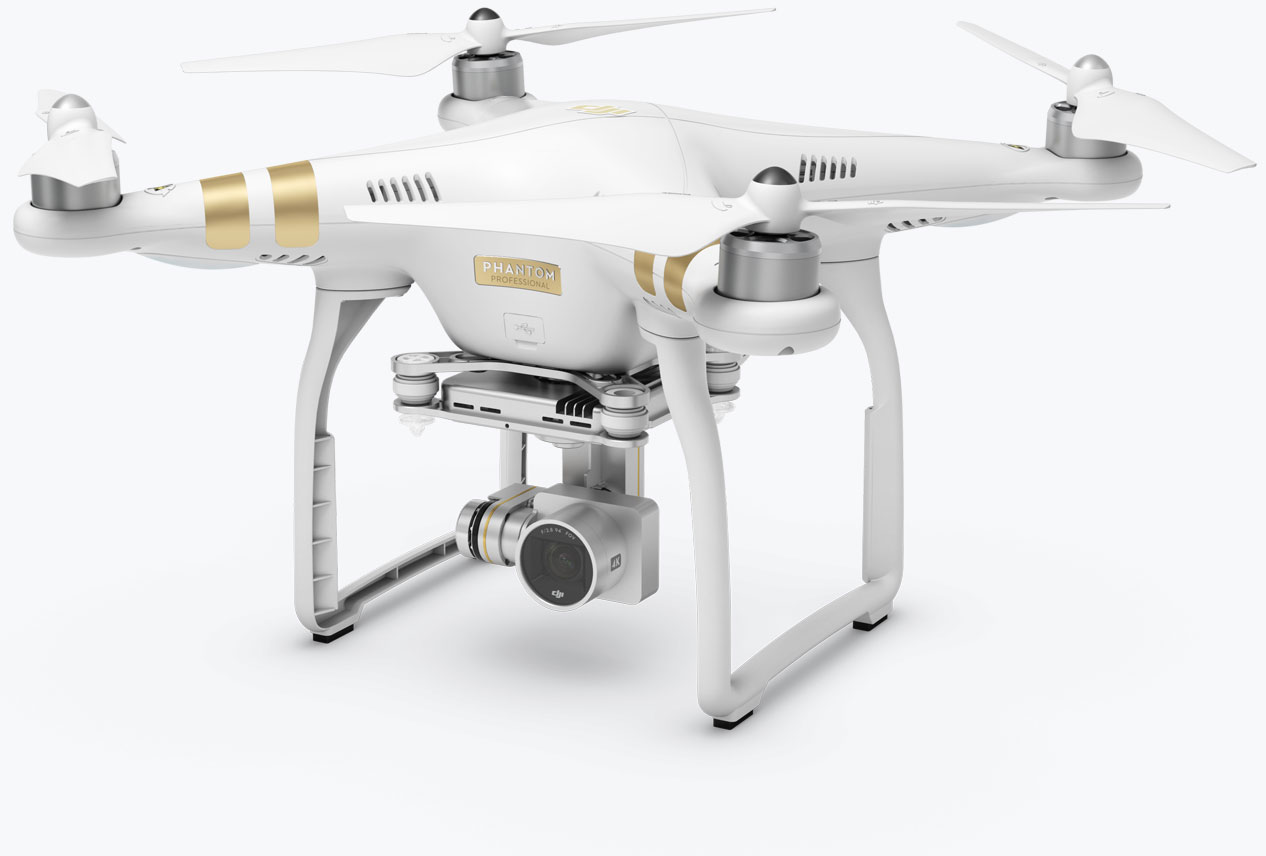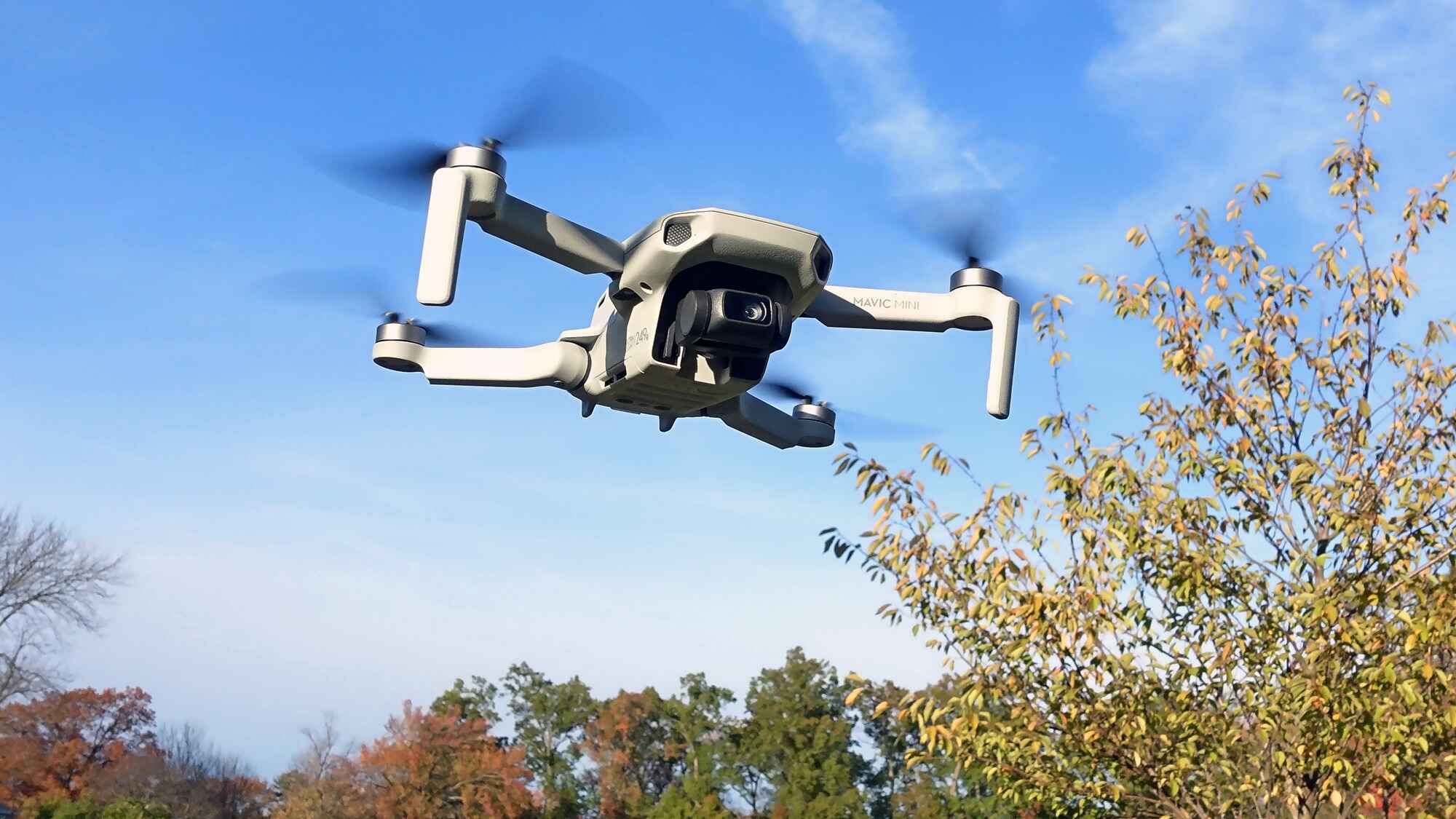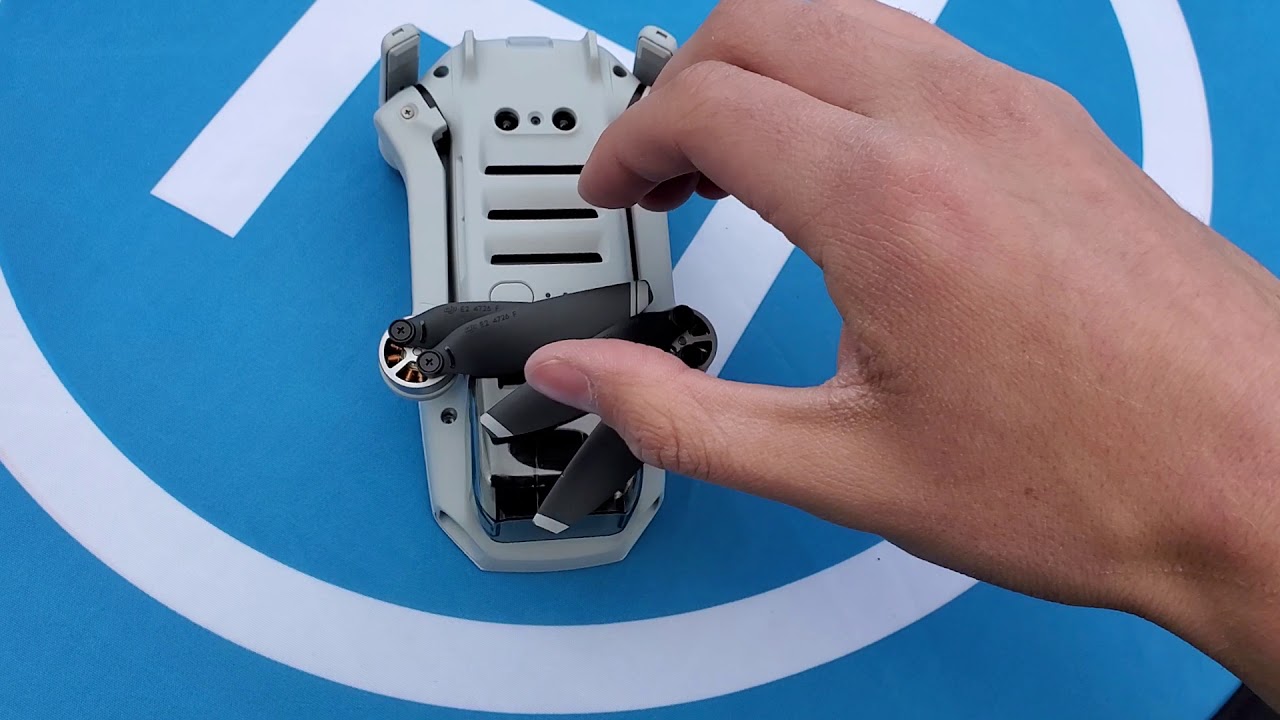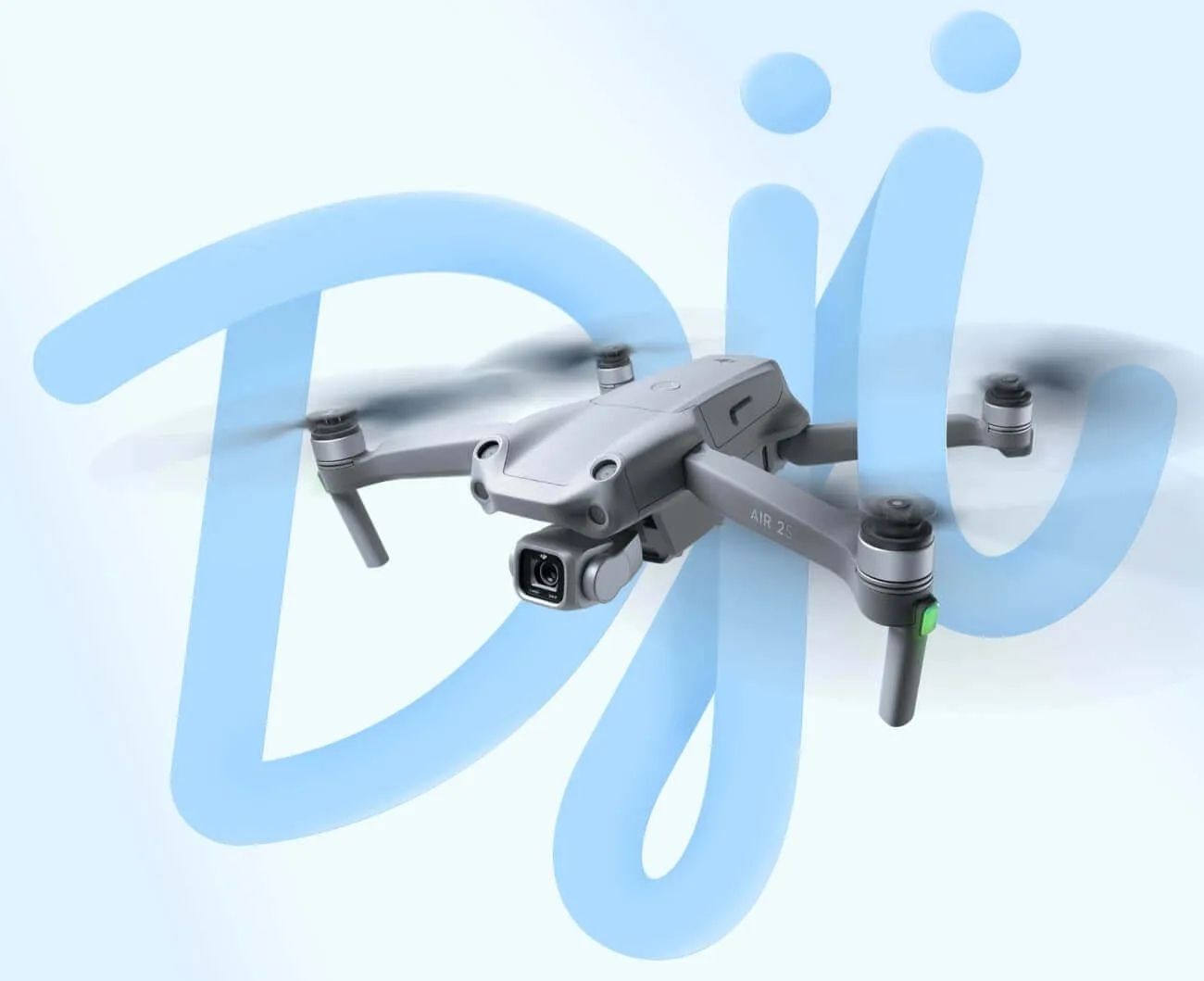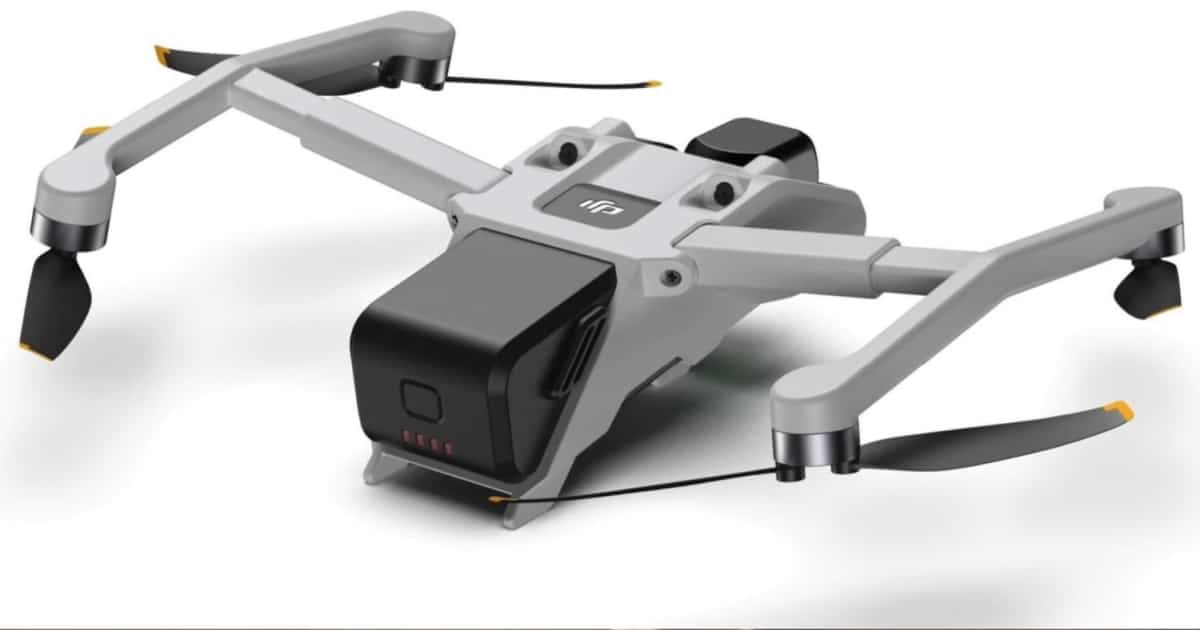Introduction
DJI, also known as Dà-Jiāng Innovations Science and Technology Co. Ltd., is a world-leading manufacturer of drones and aerial photography systems. The company has revolutionized the drone industry with its advanced technology, innovative features, and high-performance aerial platforms. DJI drones have become synonymous with precision, reliability, and exceptional image and video quality.
With the growing popularity of DJI drones among aerial enthusiasts, photographers, and professionals, many people are curious about the origin of these state-of-the-art devices. Where are DJI drones made? The answer lies in the heart of China’s electronics manufacturing industry.
Shenzhen, one of the major cities in Guangdong province, is the birthplace and headquarters of DJI. Recognized as a global technology hub, Shenzhen is home to numerous electronic manufacturing companies and technology startups. From research and development to production and distribution, Shenzhen plays a crucial role in the advancement and success of DJI drones.
Let’s delve deeper into the fascinating world of DJI drones and explore how they are made in Shenzhen, China.
The Birth of DJI Drones
The story of DJI began in 2006 when its founder, Frank Wang, started the company while studying at the Hong Kong University of Science and Technology. Recognizing the untapped potential of drones, he set out to create reliable and user-friendly aerial platforms that could be accessible to everyone.
Initially, DJI focused on manufacturing flight controllers and stabilization systems for drones. However, as the demand for consumer drones started to rise, the company shifted its focus to producing complete drone systems that included both the aircraft and the camera gimbal.
With their commitment to innovation, DJI quickly gained recognition in the drone industry. Their flagship product, the Phantom series, introduced groundbreaking features such as GPS positioning, intelligent flight modes, and high-resolution cameras, making aerial photography more accessible to the masses.
As DJI continued to expand its product lineup and improve its technology, they gained the trust and loyalty of professional photographers, filmmakers, and even government agencies. The Inspire and Matrice series further solidified DJI’s position as a leader in the drone market, with their advanced features, modular designs, and compatibility with professional-grade cameras and accessories.
Today, DJI drones are used in various industries, including cinematography, agriculture, conservation, search and rescue, and more. Their drones have become indispensable tools for capturing stunning aerial imagery and collecting data from previously inaccessible vantage points.
With their relentless pursuit of technological advancements, DJI continues to push the boundaries of drone capabilities. From compact consumer models like the Mavic series to professional-grade aerial platforms like the Phantom and Inspire series, DJI offers a diverse range of options to cater to different needs and budgets.
The birth of DJI drones marked a turning point in the world of aerial photography and videography. Thanks to their dedication to innovation and quality, DJI has transformed the way we capture and experience the world from above.
Shenzhen: The Home of DJI
When it comes to DJI drones, Shenzhen is synonymous with excellence and innovation. Located in the Guangdong province of China, Shenzhen has established itself as a global technology hub and is recognized as the birthplace and headquarters of DJI.
Shenzhen offers a unique environment for the development and manufacturing of cutting-edge electronic products. The city is filled with world-class research and development centers, production facilities, and a highly skilled workforce that drives the continuous innovation and growth of DJI.
One of the key factors that make Shenzhen an ideal location for DJI is its strong electronics manufacturing ecosystem. The city is home to a vast network of suppliers and manufacturers that provide essential components and services to DJI’s production process. From circuit boards and sensors to batteries and motors, Shenzhen offers a wide range of resources required for drone manufacturing.
Furthermore, Shenzhen’s close proximity to major ports and logistical hubs ensures efficient transportation and distribution of DJI products worldwide. This strategic advantage allows DJI to reach customers in different parts of the globe within a shorter time frame, contributing to their strong market presence and customer satisfaction.
Another aspect that makes Shenzhen the home of DJI is the city’s focus on research and development. DJI invests heavily in innovation and has established research facilities in Shenzhen where their team of engineers and designers work tirelessly to enhance the performance, safety, and functionality of their drones. This culture of innovation and collaboration has positioned DJI at the forefront of the drone industry.
Moreover, Shenzhen’s vibrant technology ecosystem provides opportunities for DJI to collaborate and partner with other innovative companies. This enables DJI to integrate cutting-edge technologies into their drone systems, such as advanced obstacle avoidance, artificial intelligence, and machine learning algorithms. The result is an ever-evolving lineup of DJI drones that push the boundaries of what is possible in aerial photography and videography.
In sum, Shenzhen’s unique combination of a robust electronics manufacturing ecosystem, logistical advantages, focus on research and development, and collaboration opportunities makes it the perfect location for DJI to thrive and continue producing world-class drones.
The Manufacturing Process
Behind the sleek and innovative design of DJI drones lies a meticulous and precise manufacturing process. Let’s take a closer look at how these cutting-edge devices are brought to life in the production facilities of DJI.
The manufacturing process of DJI drones begins with the sourcing of high-quality components and materials. DJI works closely with a network of trusted suppliers in Shenzhen to ensure the availability of reliable and durable parts. From motors and propellers to camera modules and electronic components, each component is carefully selected to meet DJI’s stringent quality standards.
Once the components are received, the assembly process begins. Skilled technicians and engineers carefully piece together the different parts, following strict assembly guidelines and quality control protocols. This involves intricate wiring, precision soldering, and meticulous attention to detail.
The assembly process includes the integration of various subsystems, such as the flight control system, propulsion system, camera gimbal, and battery. These subsystems are meticulously calibrated and tested to ensure seamless communication and optimal performance.
Throughout the manufacturing process, DJI places a strong emphasis on quality control. Rigorous testing and inspection procedures are implemented at multiple stages to identify any defects or issues. This includes functional testing, performance testing, and stress testing to simulate real-world operating conditions.
After the initial assembly and testing, each drone undergoes a final quality assurance check. This involves thorough inspection for cosmetic defects, ensuring that the finished product meets DJI’s high standards of aesthetics and finish.
Once the inspection is complete, the drones are carefully packaged and prepared for shipment. The packaging is designed to safeguard the drones during transportation, ensuring they reach customers in pristine condition.
From start to finish, the manufacturing process of DJI drones exemplifies precision, attention to detail, and commitment to delivering high-quality products. The combination of skilled labor, advanced machinery, and stringent quality control measures ensures that each DJI drone that leaves the factory meets the expectations of customers worldwide.
Crafting Drones with Precision
One of the hallmarks of DJI drones is their unparalleled precision and craftsmanship. The meticulous attention to detail and the relentless pursuit of perfection are evident in every aspect of the drone’s design and construction.
DJI employs a combination of advanced manufacturing techniques and skilled craftsmanship to ensure the highest quality standards are met during the production process. From the selection of materials to the final assembly, every step is meticulously executed with precision.
The frame of a DJI drone is crafted with lightweight yet durable materials such as carbon fiber or high-grade aluminum alloys. These materials are chosen for their strength-to-weight ratio, ensuring the drone remains agile and sturdy while in the air.
Each individual component of the drone, including motors, propellers, and electronic boards, is carefully designed and manufactured to exact specifications. This level of precision ensures optimal performance and stability during flight.
The assembly process of DJI drones is carried out by skilled technicians who follow strict guidelines and utilize specialized tools. These technicians have undergone rigorous training to master the art of drone assembly, ensuring that each component is perfectly aligned and securely fastened.
In addition to the physical construction, DJI places great emphasis on the software that powers their drones. The flight control algorithms and intelligent flight modes are developed with precision and tested rigorously to ensure safe and accurate flight performance.
Furthermore, DJI continuously invests in research and development to refine their drones’ capabilities. This includes advancements in imaging technology, obstacle detection and avoidance systems, and flight stabilization algorithms. These advancements are meticulously integrated into the design and construction of DJI drones, resulting in state-of-the-art aerial platforms.
The commitment to precision doesn’t end with the manufacturing process. DJI provides regular firmware updates and software enhancements to ensure their drones are always operating at the highest level of performance and reliability. This continuous improvement cycle allows users to benefit from new features and advancements even after purchasing their drones.
From the precise construction of each component to the fine-tuning of flight control systems and software, DJI drones are crafted with unwavering precision. This dedication to excellence ensures that DJI drones deliver exceptional performance, capture stunning imagery, and provide an unparalleled user experience for enthusiasts and professionals alike.
Collaborations and Suppliers
DJI’s success in the drone industry is not just attributed to their innovative technology and exceptional manufacturing capabilities. Collaborations with key partners and a robust network of suppliers play a vital role in ensuring the continued excellence of their products.
DJI actively collaborates with various technology companies, content creators, and industry experts to enhance the features and capabilities of their drones. These collaborations enable DJI to integrate cutting-edge technology and software advancements into their products, providing users with the latest and most advanced aerial platforms.
One notable collaboration in the drone industry is DJI’s partnership with Hasselblad, a renowned manufacturer of high-end cameras. This collaboration has resulted in the integration of Hasselblad’s imaging solutions into select DJI drones, offering professional photographers and filmmakers unparalleled image quality and versatility.
In addition to collaborations, DJI relies on a network of trusted suppliers to provide the high-quality components and materials necessary for their drones. These suppliers go through a rigorous selection process to ensure they meet DJI’s stringent quality standards.
From motors and batteries to sensors and camera modules, each component undergoes thorough testing to ensure reliability, durability, and superior performance. DJI’s commitment to working with reputable suppliers enables them to consistently deliver products that meet the expectations of their customers.
Furthermore, DJI’s partnerships extend beyond technology collaborations and suppliers. They also collaborate with government agencies and organizations to contribute to the development of industry standards and regulations for safe drone operations. By working closely with these entities, DJI aims to promote responsible flying practices and ensure the long-term sustainability of the drone industry.
These collaborations and partnerships play a crucial role in DJI’s continuous improvement and innovation. By harnessing the expertise of their partners and working closely with suppliers, DJI is able to deliver drones that are at the forefront of technology, performance, and reliability.
Quality Control Measures
Ensuring the highest quality standards is a top priority for DJI. To achieve this, the company implements rigorous quality control measures throughout the entire manufacturing process. These measures are designed to identify any defects or issues, and to ensure that each DJI drone meets the company’s stringent quality requirements.
At each stage of production, DJI conducts thorough testing and inspections to ensure that all components and subsystems are functioning as intended. This includes functional testing of flight control systems, propulsion systems, camera gimbals, and other critical components. These tests verify that the drones are in proper working order and meet the specified performance criteria.
In addition to functional testing, DJI also performs performance testing to assess the drones’ capabilities in real-world scenarios. This includes evaluating flight stability, GPS positioning accuracy, obstacle detection and avoidance systems, and image/video quality. By subjecting the drones to various operating conditions and environmental factors, DJI can ensure that their drones perform reliably and deliver exceptional results in different situations.
DJI also conducts stress testing to simulate extreme conditions and ensure product durability. This may involve subjecting the drones to temperature extremes, excessive vibrations, high wind speeds, and other challenging conditions. These tests help identify any weaknesses or vulnerabilities and allow for necessary design improvements.
Furthermore, DJI has implemented a comprehensive quality control system that involves strict inspection protocols. Skilled technicians carefully inspect each individual drone to ensure that it meets DJI’s high standards for aesthetics, finish, and overall build quality. This includes a visual examination for any cosmetic defects and meticulous scrutiny of the drone’s craftsmanship and attention to detail.
It’s worth noting that quality control is not limited to the manufacturing process alone. DJI maintains a strong commitment to ongoing quality control and improvement by providing regular firmware updates. These updates address any identified issues, introduce new features, and enhance the overall performance and reliability of the drones.
The implementation of these robust quality control measures is a testament to DJI’s dedication to delivering top-notch products to their customers. Through careful testing, inspections, and continuous improvement efforts, DJI ensures that each drone leaving their production facilities meets the highest standards of quality and performance.
Mavic Mini: Made in China?
The Mavic Mini, DJI’s lightweight and compact drone, has gained significant popularity among drone enthusiasts and hobbyists. As with other DJI drones, one common question that arises is: where is the Mavic Mini made?
The Mavic Mini, like many other DJI products, is indeed made in China. DJI is headquartered in Shenzhen, China, and has production facilities in the region. Shenzhen, known for its robust electronics manufacturing ecosystem, provides an ideal environment for DJI to manufacture their drones.
Made in China does not imply a compromise in terms of quality or craftsmanship. DJI maintains strict quality control measures throughout the manufacturing process, ensuring that their drones, including the Mavic Mini, meet the highest standards.
By manufacturing in China, DJI leverages the expertise and resources available in the country’s electronics industry. This allows DJI to streamline production, optimize efficiency, and maintain control over various stages of the manufacturing process, from sourcing components to final assembly.
The decision to manufacture the Mavic Mini in China also enables DJI to take advantage of the country’s extensive network of suppliers and manufacturers. This facilitates the sourcing of high-quality components and materials required for the production of the Mavic Mini.
It’s important to note that DJI’s manufacturing facilities in China adhere to international quality standards and regulations. DJI has implemented strict quality control procedures and testing protocols to ensure that each Mavic Mini drone meets the company’s stringent quality requirements.
While the Mavic Mini is made in China, it is important to focus on the quality, performance, and innovation that DJI consistently delivers with their products. The Mavic Mini’s lightweight design, impressive flight performance, and suite of intelligent features demonstrate DJI’s commitment to providing a superior drone experience for users around the world.
Regardless of where it’s made, the Mavic Mini stands as a testament to DJI’s dedication to engineering excellence and their ability to produce high-quality drones that cater to the needs of a wide range of aerial enthusiasts.
Final Thoughts
DJI has truly made its mark in the drone industry, revolutionizing aerial photography and videography with their technologically advanced and high-performance drones. Understanding the manufacturing process and the origins of DJI drones, such as the Mavic Mini, provides a deeper appreciation for the craftsmanship and precision that goes into creating these remarkable devices.
Shenzhen, with its vibrant technology ecosystem and robust electronics manufacturing industry, has played a pivotal role in DJI’s success. The city offers a conducive environment for research and development, collaboration with partners, and access to a vast network of suppliers.
From collaborating with renowned companies like Hasselblad to incorporating cutting-edge technology into their drones, DJI continuously strives to push the boundaries of what is possible in aerial photography. Their commitment to quality control ensures that each drone that leaves their production facilities meets the highest standards of performance and reliability.
The Mavic Mini, like other DJI drones, is proudly made in China. Manufacturing in China allows DJI to leverage the expertise and resources available in the country’s electronics industry, while maintaining their dedication to delivering exceptional products.
As technology continues to advance and the drone industry evolves, DJI remains at the forefront with their innovation, precision, and commitment to excellence. Their drones have not only transformed the way we capture and experience the world but also opened up new possibilities across various industries.
The journey from concept to production, from the birth of DJI drones to their global success, showcases the company’s determination to provide users with the best drones for their needs. DJI drones have become much more than just flying cameras; they have become powerful tools that empower creativity and exploration from above.
Whether you’re an aerial enthusiast, a professional photographer, or someone looking to explore new perspectives, DJI drones offer incredible capabilities that push the boundaries of what’s possible in aerial photography and videography. The combination of innovation, craftsmanship, and precision makes DJI a leader in the drone industry, leaving a lasting impact on how we see the world from the skies above.







